In a previous blog post, I tracked the trash, recycling, and compost my household generated in one week to learn where we are making the most waste and how we might reduce our footprint. Since then, I have been doing some research regarding waste reduction to see what I might do at the household and individual level to cut down on what we send to the landfill.
Being “zero-waste” is an idea that has gained popularity online and in the media, through stories of families that can fit all of their trash for a year in a mason jar or find ways of reusing just about everything that would otherwise be thrown away. While this may not be an attainable goal for most people (I knew I would not be able to reach zero waste in one week), reading about people who have dramatically cut down their waste stream is a great way of brainstorming strategies. At the same time, I found that reading a long list of all of the available ways to avoid generating trash was intimidating at first. It was most helpful for me to pick and choose just a few that were both feasible and addressed the largest categories of waste in my previous assessment of our weekly garbage and recycling. I have summarized my experiences and provided some recommendations for choosing which strategies might work best for you.
1. Shop at a bulk food store that allows bring-your-own containers.
Results: This was the most exciting of the waste-reduction strategies I tried, and I am going to make it a habit moving forward. The bulk food store I visited has a wide variety of products, including those that I would not be able to find without packaging at the grocery store (pretzels and crackers, candy, coffee, dried beans, pasta, baking supplies, even pancake mix). I purchased ingredients I needed for the granola bars I made for strategy 2, and only got the amount I needed, so I didn’t wind up with half a bag of extra dried apricots. Prices seemed to be comparable to the grocery store, at least for the dried fruits and snack mixes I bought, and I avoided paying for extra ingredients that would potentially go to waste if I didn’t use them. While this store allowed me to bring in my own containers, I did find that many stores with bulk food sections don’t allow customers to use their own containers, especially since COVID-19. Another downside was that I had to drive farther to shop at the bulk food store than my typical grocery store. However, I plan to make the trip to the bulk food store less frequently since the things I’ll be buying there have long shelf lives.
You might especially benefit from this strategy if:
- You frequently buy baking supplies, snack mixes, nuts, grains, and/or dried beans.
- You have a one or two person household and would like to buy smaller quantities of items that typically come prepackaged in larger amounts, OR if you want to stock up on a large amount of an item – you buy exactly the amount you want!
You might find adopting this strategy challenging if:
- This type of store does not exist near where you live
2. Make your own food rather than buying items that come in plastic bags or single-serve wrappers.
Results: My family typically avoids buying single-serving pre-packaged snacks, but some items only seem to come in individually wrapped servings – for example, granola bars. One way around this is to make your own snacks, no packaging required. I made a batch of granola bars with items I had purchased at the bulk food store, so there was almost no waste generated, even from packaging for the ingredients. I also liked having control of exactly what ingredients went into the granola bars. (Here’s the recipe I used.) I’ve been learning that even foods I never thought about making at home can have really good homemade versions; we made homemade graham crackers a few weeks ago, for example.
You might especially benefit from this strategy if:
- People in your household often pack lunches and include individually wrapped snacks
- You enjoying cooking and trying new recipes
- You are interested in eating less processed food and controlling the ingredients you eat
You might find adopting this strategy challenging if:
- Your schedule is too busy to have time to prepare food in advance
3. Use reusable products rather than disposable ones whenever possible.
Results: I noticed during our waste audit that single-use paper products (tissues, napkins, and paper towels) made up a significant portion of our trash volume. We also typically go through more resealable plastic bags and plastic wrap than I would like when storing leftovers. To combat this, we bought a couple of packs of cloth napkins, focused on using cloth rags we already had rather than paper towels, and covered food in the microwave with a reusable plastic shield rather than a paper towel. We also put leftovers in reusable plastic or glass containers rather than bags or plastic wrap. The biggest challenge was just remembering to use the reusable items, but otherwise this strategy was pretty easy. We washed our reusable napkins when we had to do a load of other laundry anyway, so it didn’t add extra demands on our time. While the original purchase of reusable items might be more expensive than the disposable option, you only have to buy them once, so over time they can be cost saving.
You might especially benefit from this strategy if:
- You are looking for a way to reuse ripped or stained clothing.
- You would like to save money in the long term.
You might find adopting this strategy challenging if:
- You have young children – Kids can be messy eaters, and if they’re using more than one napkin at a meal it might become impractical to wash napkins very frequently or have a large enough number of them. Rather than feeling guilty about using paper napkins for convenience sake, look for a different waste reduction strategy that works better for your life
- You don’t have the extra income now to make a slightly larger investment in reusable products.
4. Expand recycling efforts.
Results: Another thing that stuck out to me during our waste audit was that while we very reliably separate out our recyclables in the kitchen, they often got mixed in with the trash in other rooms of the house. Three out of the five people in my family wear contact lenses that come in plastic blister packs that we didn’t previously recycle. I placed separate containers for recycling in our bathroom and the rooms we’ve been using as home offices to ensure we aren’t sending items that could be recycled to landfills. This didn’t require any big investment or behavior change, but just a small action that makes recycling more convenient so that we are more likely to do it.
You might especially benefit from this strategy if:
- You have started working from home and now spend a lot of time in a home office, where it might be helpful to add a recycling can.
You might find adopting this strategy challenging if:
- Your municipality offers limited recycling options. The recycling you can collect at home is limited by the opportunities you have to get those materials to recycling centers. Bethlehem’s recycling center accepts a wide variety of materials, but other municipalities may have more restricted services. Your municipality’s website is a good starting point to find this information.
I picked these four strategies to focus on because they were easy to complete in one week and addressed some of the largest sources of trash I observed for my household. While identifying the strategies that might be a good fit for you, other ideas to explore include:
- Finding alternative ways of disposing of pet waste – flushing (Check that your septic system is compatible and that your municipal regulations allow it first!), biodegradable bags, composting, etc.
- Cooking with parts of food that are typically discarded, i.e. broccoli stems, animal bones, carrot tops, etc.
- Buying secondhand to avoid tags and packaging
- Growing your own food in a vegetable garden
- Bringing reusable containers for your leftovers rather than getting a takeout container at a restaurant
- More ideas specifically focused on food packaging and food waste can be found here and here.
As the four strategies I chose for this week become part of my household’s normal routines, I will continue to add new ones, starting by exploring the list above. I have found that when I start thinking about all of the ways I am contributing to issues like growing landfills and plastic pollution, it can be tempting to believe that since I can’t fully eliminate these issues, it’s not worthwhile to do anything. However, just starting to take action, even when it’s not a perfect solution, builds inertia toward living more sustainably. Taking action also opens up opportunities to experience positive side effects of sustainable practices – finding new local businesses, meeting new people, saving money, or starting new habits that are really rewarding. I encourage everyone to think of even just one thing they can do to benefit the environment and try it out for a week. Over time, you can find the strategies that work for you and build up your confidence that even in the face of global issues that you can’t fix single-handedly, you can contribute to moving your own household and your community in the right direction.

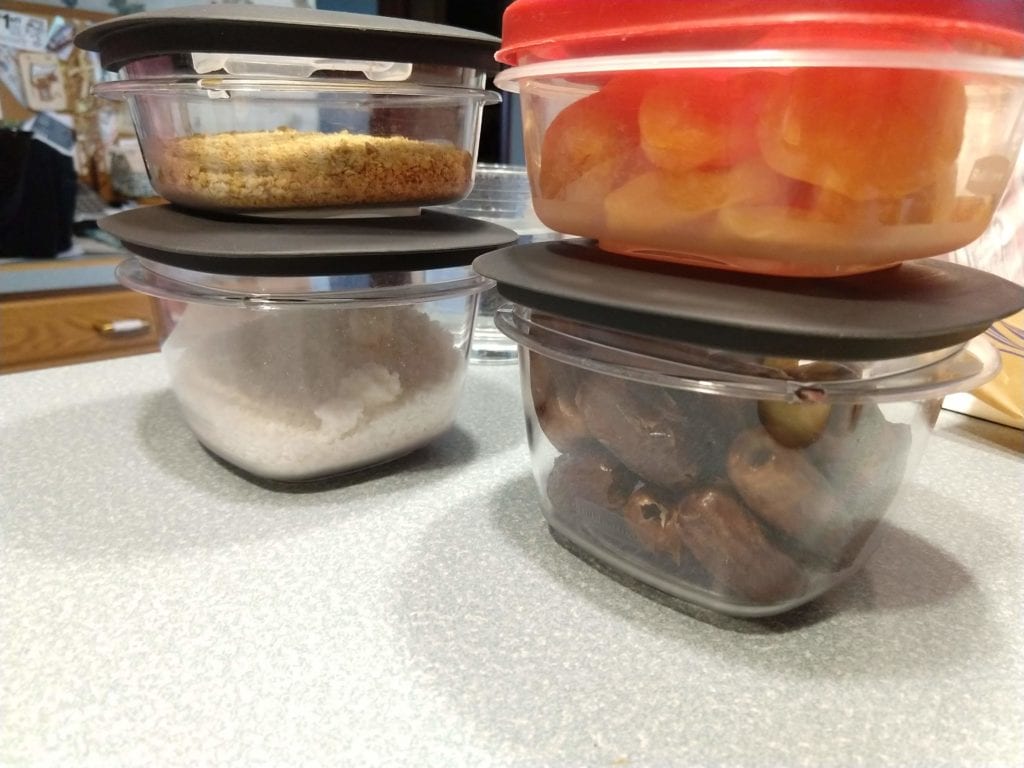
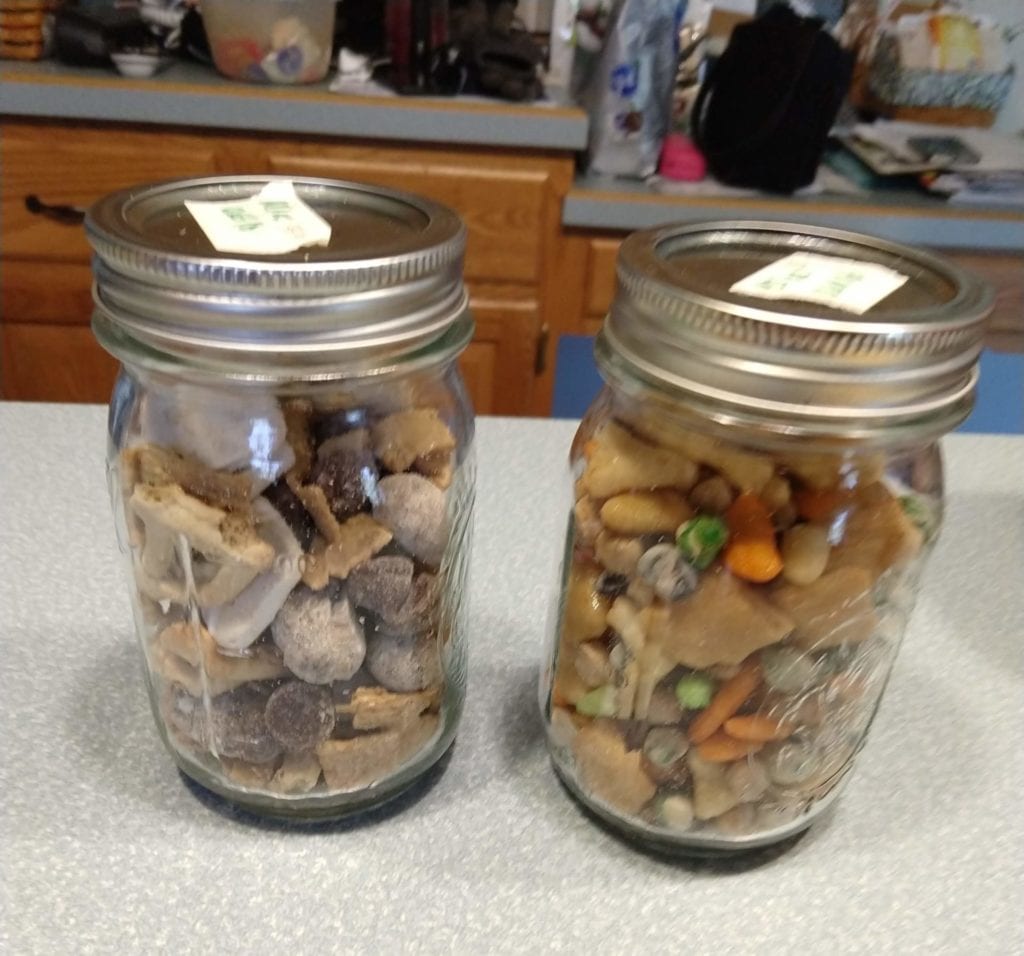
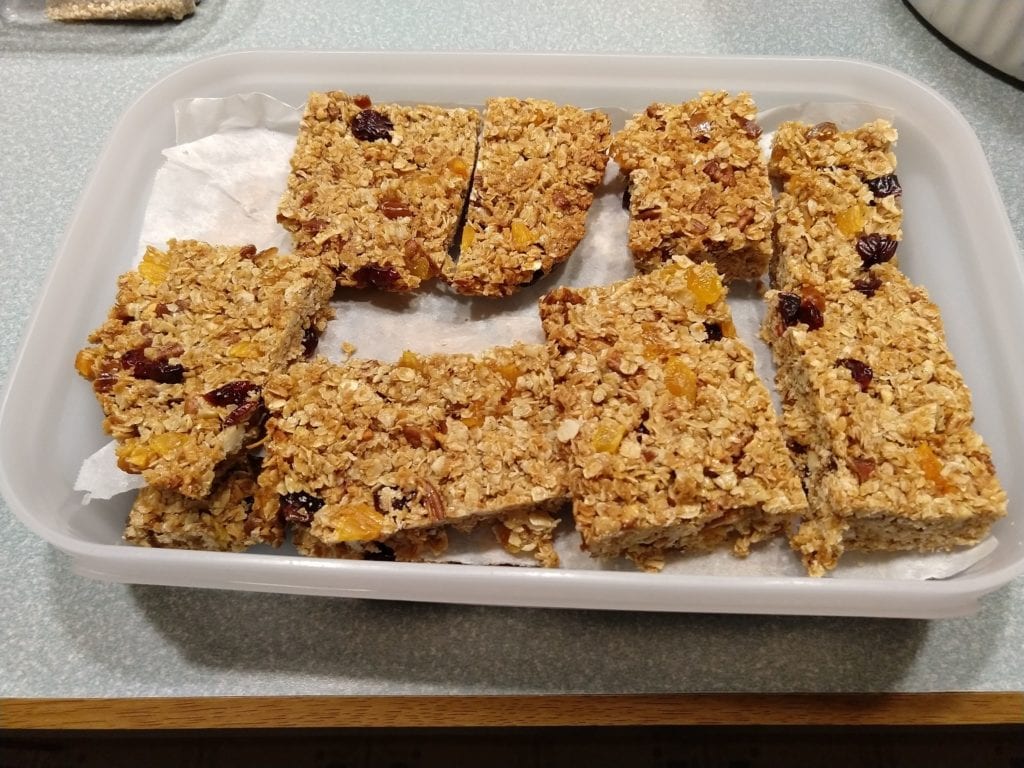
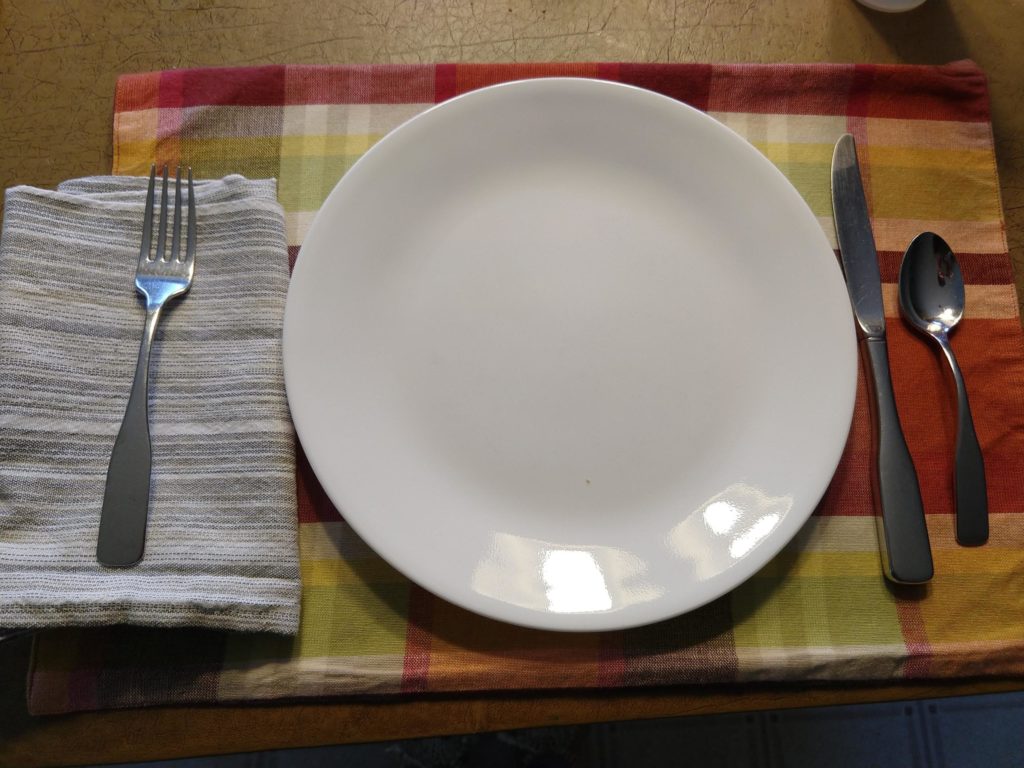
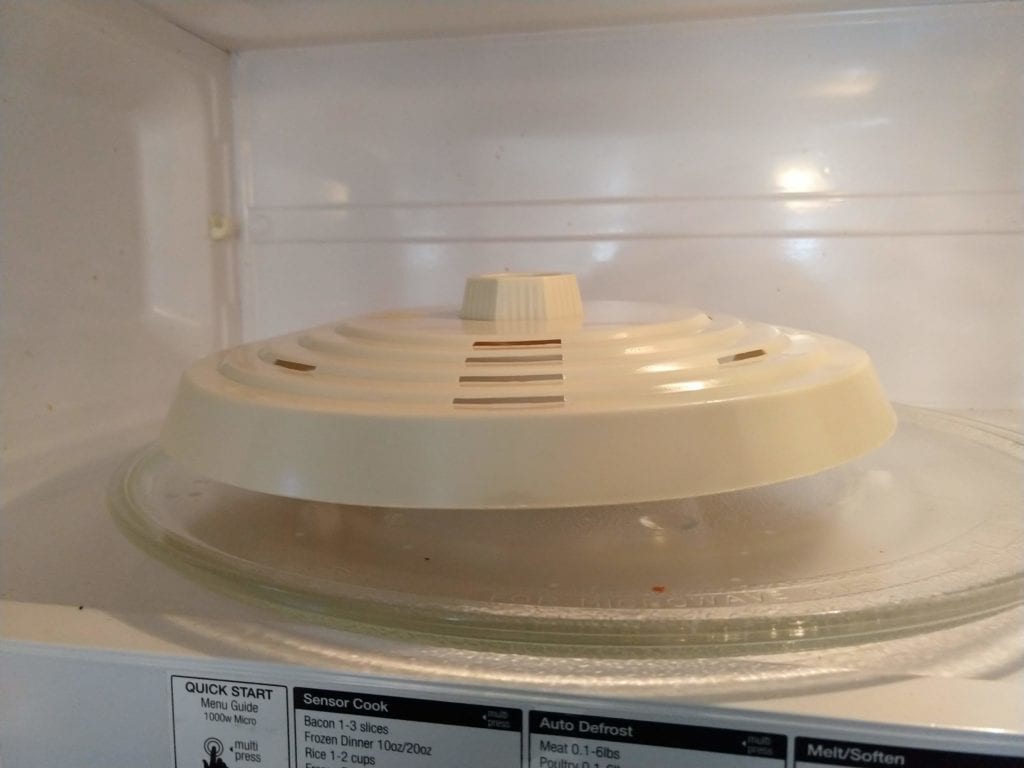
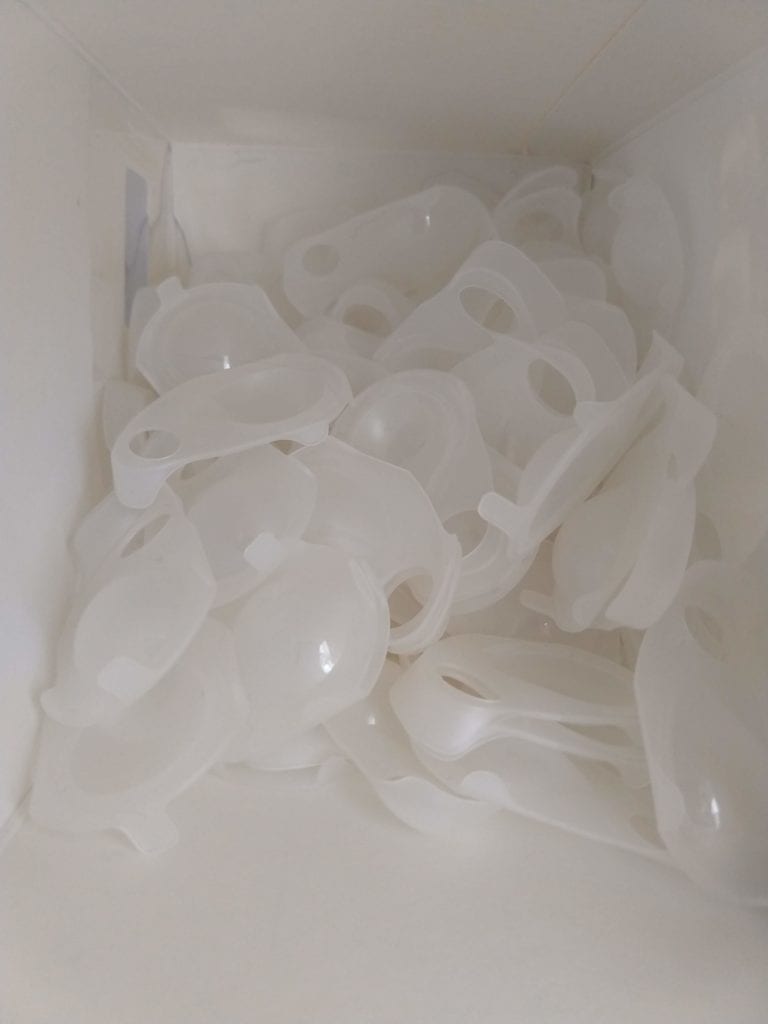
FISH needs egg boxes to distribute eggs to the needy. If everyone does a little bit to avoid the use of plastics,it would mean a lot.
I especially liked your idea of taking your own containers to restaurants for extras you can’t consume there.